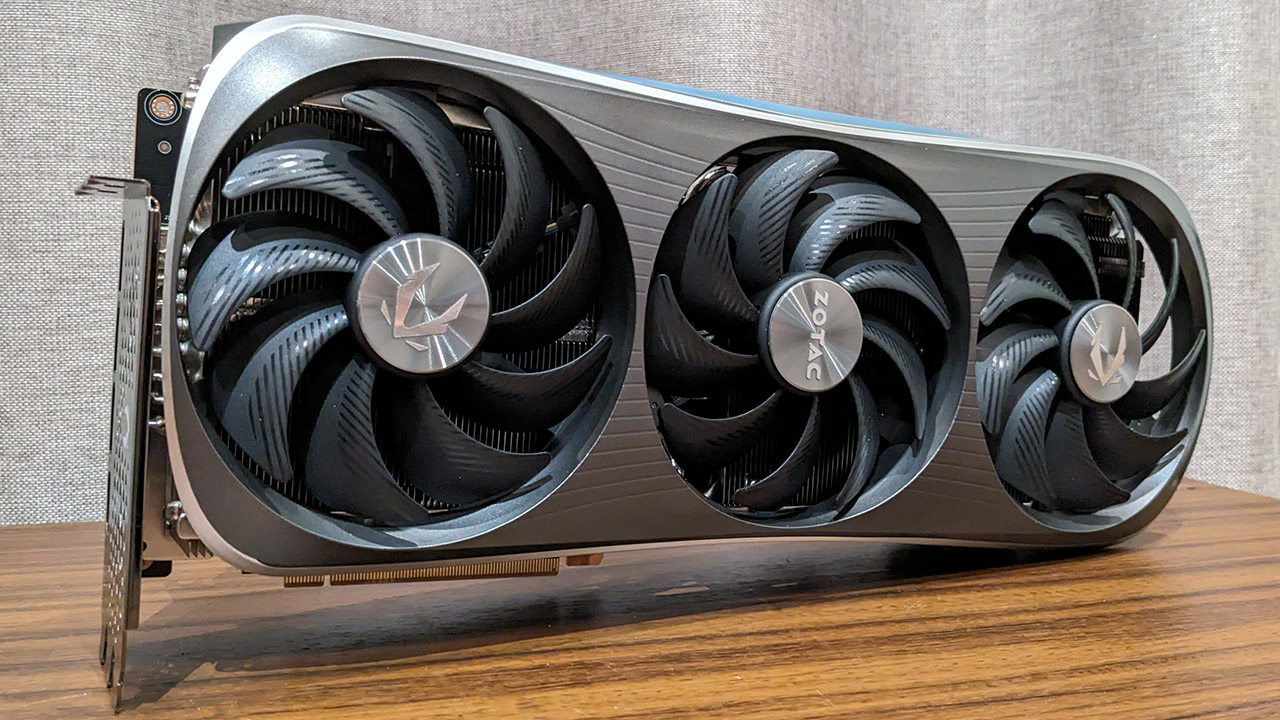Gaming PCs and components look set to jump in price in the US as import tariff exclusions come to an end
Certain graphics cards, motherboards, and even PC cases could rise by as much as 25% in price.

If you're a US-based PC gamer and you've been holding off upgrading your rig, you might want to think again, as prices for graphics cards, motherboards, and even PC cases, are set to see a big bump in their prices. Depending on the item, the increase could be as much as 25%, which could make getting a new GPU very expensive.
Back in 2018, the US Trade Representative (USTR) issued a report in which it declared that "acts, policies, and practices of the Government of China related to technology transfer, intellectual property, and innovation were unreasonable or discriminatory, and burdened or restricted U.S. commerce." The result of which were import tariffs on a raft of products that were manufactured or assembled in China, including all kinds of PC components and peripherals.
However, in 2022, the current US administration created a list of exclusions for 350 products (graphics cards and motherboards being two such cases), intending to give the industry sufficient time to shift as much of the upstream supply chain and assembly duties as possible outside of China.
That's not been particularly successful and as reported by PC Mag, the USTR has told the White House that it recommends that all tariffs should be maintained, including the ones that had been temporarily lifted.
At the moment, neither the USTR nor the White House have officially stated that they will reinstate all tariffs nor provided any indication as to when it could happen. But as the US heads toward a presidential election in November, there's a good chance the current administration will implement a raft of tariffs to generate a sense of having control over its markets, even if that means increases in prices for the consumer.
When it comes to graphics cards and motherboards, some vendors have all their assembly lines in China, such as Zotac, whereas others are based in Taiwan, like Gigabyte. However, they all still heavily rely on China-based suppliers for things like printed circuit boards, capacitors, and voltage regulators, even though GPUs and memory chips are predominantly manufactured in Taiwan and South Korea.
Less complex parts, e.g. keyboards, mice, and PC cases, are almost exclusively assembled in China, and it's very hard to find anything for a gaming PC that's entirely built outside of that particular country.
The biggest gaming news, reviews and hardware deals
Keep up to date with the most important stories and the best deals, as picked by the PC Gamer team.

Best CPU for gaming: The top chips from Intel and AMD.
Best gaming motherboard: The right boards.
Best graphics card: Your perfect pixel-pusher awaits.
Best SSD for gaming: Get into the game ahead of the rest.
Earlier this month, the White House also announced that it would be increasing the import tariff on semiconductors manufactured in China from 25% to 50% by 2025, with electric vehicle duty jumping from 25% to 100% at some point this year.
I should imagine many folks have been waiting to get a new motherboard or a full PC upgrade until the next generation of models is released by AMD, Intel, and Nvidia later this year. However, a graphics card currently selling for $499 at the moment could cost up to $624 with a 25% import tariff and given that they're already rather pricey, it's an increase that US-based PC gamers could well do without.
So it might be worth looking around now to see what deals are available. Fortunately, Memorial Day is just around the corner and that could be the ideal time to get some new parts before it all gets silly with prices. At the very least, it will probably mean some brands will end up being a lot more expensive than others, which will narrow your choices down somewhat.

Nick, gaming, and computers all first met in 1981, with the love affair starting on a Sinclair ZX81 in kit form and a book on ZX Basic. He ended up becoming a physics and IT teacher, but by the late 1990s decided it was time to cut his teeth writing for a long defunct UK tech site. He went on to do the same at Madonion, helping to write the help files for 3DMark and PCMark. After a short stint working at Beyond3D.com, Nick joined Futuremark (MadOnion rebranded) full-time, as editor-in-chief for its gaming and hardware section, YouGamers. After the site shutdown, he became an engineering and computing lecturer for many years, but missed the writing bug. Cue four years at TechSpot.com and over 100 long articles on anything and everything. He freely admits to being far too obsessed with GPUs and open world grindy RPGs, but who isn't these days?

